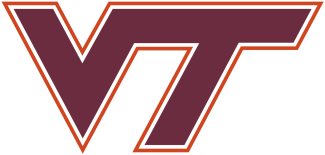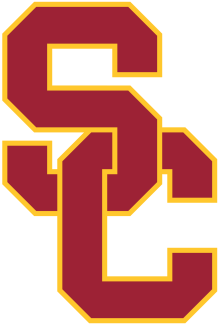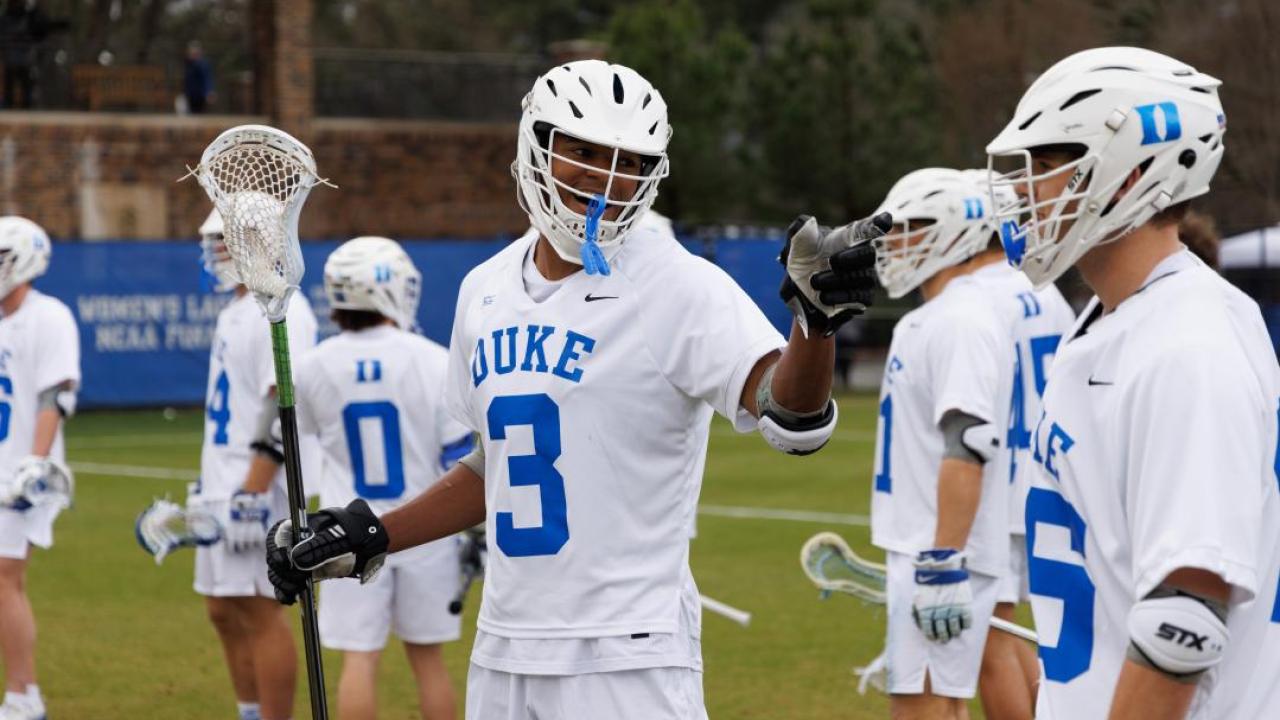THE FAVORITES
The ACC powers
Who else? Duke, Virginia and Notre Dame separated themselves from the rest of the field this season, and they’re rightfully the top three seeds. They were a combined 29-2 against everybody else, with the lone blemishes coming when Duke tripped up at Jacksonville on Feb. 11 and Virginia fell at home to Maryland on March 18.
LAST TEAM IN
Yale
The bracket sort of gives it away. Yale is the only at-large team playing on the road, so it had to be the last team in the field. Macneill said it wasn’t particularly close. From the outside looking in, it would have been difficult to choose a Denver team with a worse RPI and a head-to-head loss to the Bulldogs (11-9 on March 11).
“There was no question on Yale over Denver,” Macneill said.
There was nonetheless probably a little anxiety in New Haven. Yale, which lost 19-10 to Princeton in Sunday’s Ivy League title game, was the last team revealed during the selection show.
FIRST TEAM OUT
Denver
There would be a very different conversation if Yale had beaten Princeton in the Ivy final. Or if Michigan fell to Maryland in the Big Ten title game. Or, of course, if Denver had won the Big East tournament.
Instead, Pioneers coach Bill Tierney’s career ultimately ended with a 14-5 loss to Georgetown on Saturday before an announced crowd of 334 in Milwaukee. It was remarkably anticlimactic for a Hall of Famer who led Princeton to six national titles and tacked on another in 2015 at Denver.
“You feel for Coach T,” Maryland coach John Tillman said. “I’m a big coach Tierney fan and respect him a lot. Certainly, he’s a legend and part of you would like to see him be in this tournament just because of what he’s done for the sport. Penn is right there and a dangerous team. I think if anybody played them, they’d be a tough out and they would give you some problems. I almost wish we had a bigger tournament because I think there were a lot of teams that were deserving that aren’t going to get the opportunity and are disappointed.”
TOUGHEST DRAW
Penn State
There aren’t exactly a bunch of “easy” draws floating around, but the fifth-seeded Nittany Lions get to sit around all weekend and wait for the Sunday night slot — the one that’s seen the home team lose in three of the last four NCAA tournaments. They’ll also face Princeton, which looks like it has figured things out after edging Penn and hammering Yale in the Ivy League tournament in New York.
If Penn State gets through, it could play a de facto road game against Maryland in the quarterfinals in Annapolis, Md. The Nittany Lions are plenty capable of making it to the semifinals, but there’s little doubt they’ll have to earn it.
UPSET ALERT
Army vs. Maryland
Good luck finding an unseeded team in this tournament more consistent than Army. The Patriot League champions have been in every game, and their three losses are by a combined four goals. The Black Knights have scored between 10 and 12 goals in eight of their last nine games. They’re steady everywhere and deep on offense. You know exactly what you’re going to get.
Contrast that to Maryland, which has yo-yoed all over the place throughout the season. The ceiling is high and the floor is low in College Park, and that’s a very dangerous thing for the Terrapins considering who their buttoned-up opponent is.
“I think lacrosse is at a spot now where everybody is good,” Tillman said. “There are no easy games. Everybody has talent, everybody is well-coached, everybody is prepared. You have to go out and play a really good game if you hope to advance.”
Here’s the counterargument: Maryland hasn’t authored back-to-back duds all season, and it is coming off its most lopsided loss since 2006. The Terrapins are more than capable of winning, but no one should anticipate a blowout.
ABOUT THOSE QUARTERFINAL SITES
The single most puzzling part of the bracket has nothing to do with who was selected or how they were seeded. It’s where the top two seeds are heading if they advance to the quarterfinals. Both Duke and Virginia were sent to Albany, N.Y., rather than a closer-to-home assignment in Annapolis, Md.
“When we realized that about 10 minutes later, we were like, ‘That’s got to be a mistake,’” Tiffany said. “That was literally our first reaction. Why would they have Duke and Virginia, assuming we win, flying to Albany? I don’t have to look it up. I go to Lake Placid every August. I know from Charlottesville, I’m about 9-10 hours into my trip when I’m driving through Albany, so I know that’s over 400 miles.”
So what’s the deal? This is one thing the five members of the selection committee aren’t tasked with. Their priority is seeding the top eight teams, choosing the at-large teams and then bracketing the field.
“They ask our opinion a little bit, but a lot of it’s with the TV,” Macneill said. “It probably has to do with ticket sales and what not. We were asked about it, but we did not focus much surrounding that issue.”
PAYBACK TIME
Richmond at Virginia
It’s the only rematch of a regular season game, and what a forgettable contest that was — at least for Richmond, anyway. Virginia earned a 25-8 victory back on March 4, getting six goals from Xander Dickson to avenge last year’s 17-13 loss in Richmond.
The first round isn’t steeped in much postseason history; only three matchups that could be reprises of previous NCAA tournament encounters. Yale defeated Georgetown 19-16 in the 2019 first round. Duke beat Delaware in the first round in 2011. And Army and Maryland have split a pair of first-round games, with Army winning in 1993 and Maryland upending the Black Knights in 2004.



























































